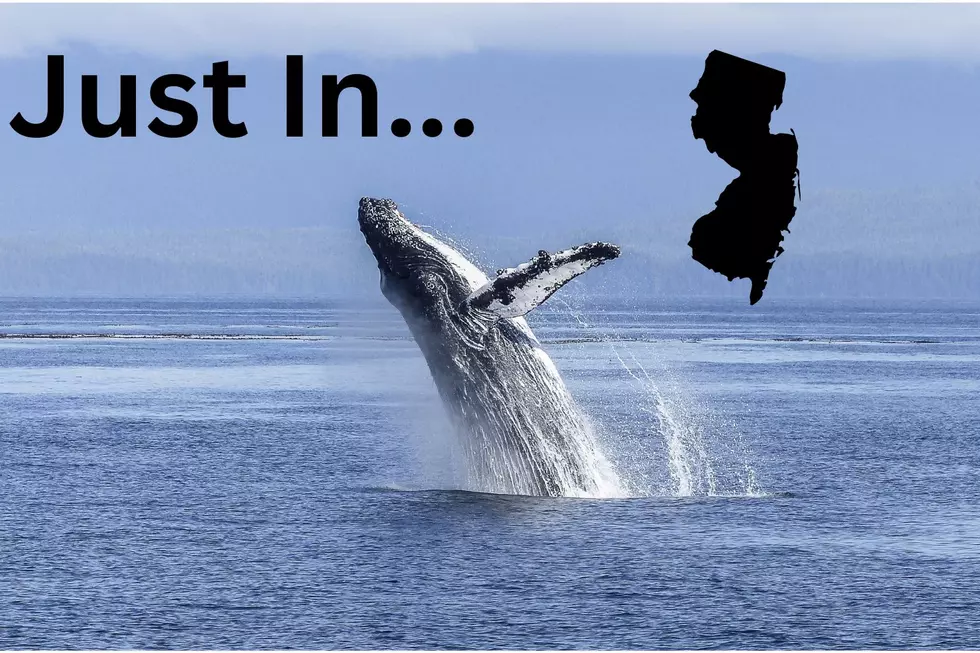
Little Egg Inlet dredgings to reinforce southern LBI dunes
TRENTON - Sand dredged from LIttle Egg Inlet will land on southern Long Beach Island, in a project that New Jersey environmental officials say will reinforce beaches and dunes in Long Beach Township and Beach Haven while relieving shoaling problems that hinder navigation in the inlet.
Nearly as soon as the project was announced, Sierra Club New Jersey slammed it, claiming that neither patching erosion nor clearing the channel considers the long-term effects of climate change.
The $18,400,000 project announced today by Department of Environmental Protection (DEP) Commissioner Bob Martin calls for dredging of 700,000 cubic yards of sand from the inlet, which will patch spots that have eroded since the Army Corps completed its $128,000,000 replenishment project covering most of the island.
Completion of the full project is targeted for March 1, 2018, which state officials peg as the start of boating season and a time in which natural wave flows will add sand to beaches.
DEP officials said that Illinois-based Great Lakes Dredge and Dock Company will focus on spots from the terminal groin to Pershing Avenue in Holgate, and areas south of Nelson Avenue to Kenford Avenue, and north of Holyoke Avenue to Belvoir Avenue in Beach Haven.
Dredging, which DEP says has never been undertaken in the federally-managed inlet, is expected to clear a channel one mile long, and 24 feet below mean sea level. DEP officials anticipate that it will help recreational, commercial and fishing vessels maneuver among southern LBI, Barnegat Bay, Great Bay, and the Intracoastal Waterway, ostensibly without the need for buoys placed every year by the U.S. Coast Guard.
Shallows became so chronic that in 2017, USCG removed marker buoys and issued an advisory to boaters, to use the inlet at their own risk.
DEP says that the project will have "negligible to no" effect on marine life or the Holgate section of the Forsythe National Wildlife Refuge.
Still, the plan has detractors, led by Sierra Club New Jersey, which asserts that the project resolves no erosion issues in the area and offers no guarantee of sufficient protection from severe storms, given the rate of development and what the group sees as scant attention to sea-level rise concerns.
"Dredging will increase sea level rise and storm surges, affecting more properties. We should not be sacrificing one part of the island for another," said Sierra Club Director Jeff Tittel, who suggested that state officials shift their focus to planning for climate change.
"The DEP does not want to deal with climate change so these projects may not even last if built. The DEP has not addressed sea level rise and storm surges. The DEP is allowing for more development and loopholes in coastal areas putting more people and harm's way. The dunes cannot protect us from sea level rise and storm surges nor will it protect the people on Long Beach Island," Tittel said.
Tittel claimed that Hurricane Joaquin penetrated LBI's restored dune system, and that the storm buried most of the freshly-completed beach access ramp. He cited a Rutgers study that predicts sea levels rising one foot in height at the Jersey Shore by 2050.
"The irony is that at the same time the DEP is building dunes, they are proposing more development on the coast," Tittel said. "Dunes are good but DEP policies are a disaster waiting to happen. It is important to require dunes as we restore and rebuild our beaches, but if we don't address climate change we are doomed."
More from the Shore:
More From 92.7 WOBM









